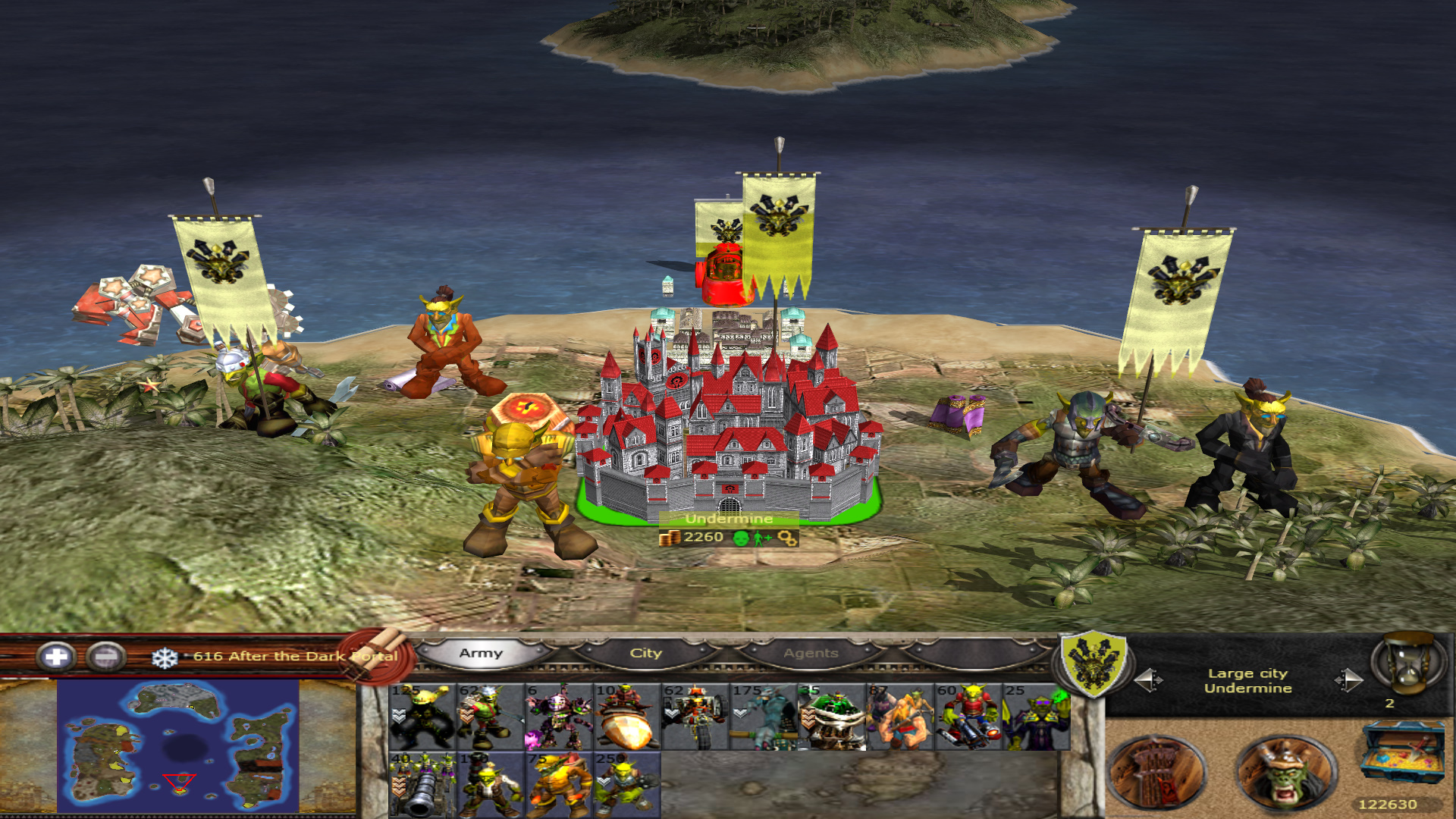
Once the fire goes off it completely spews the rear pellet wad forth, and the sound is like a bomb that can be heard for five hundred or more paces." The pellet wad mentioned is possibly the first true bullet in recorded history depending on how bullet is defined, as it did occlude the barrel, unlike previous co-viatives used in the fire lance. In 1259 a type of "fire-emitting lance" ( tuhuoqiang 突火槍) made an appearance and according to the History of Song: "It is made from a large bamboo tube, and inside is stuffed a pellet wad (子窠). This early fire lance is not considered a true gun because it did not include projectiles, whereas a gun by definition uses "the explosive force of the gunpowder to propel a projectile from a tube: cannon, muskets, and pistols are typical examples." However co-viative projectiles, which only partially occlude the barrel, such as iron scraps or porcelain shards were added at some point, and eventually, the paper and bamboo materials of fire lance barrels were replaced by metal. The cannon was likely a parallel development or evolution of the fire-lance, a 12th-century gunpowder weapon that combined a tube of gunpowder with a polearm weapon. The cannon may have possibly appeared in China as early as the 12th century, but did not see wider use in the region until the 13th century. Main article: Gunpowder artillery in the Song Dynasty


Most modern cannon are similar to those used in the Second World War, including autocannon-with the exception of naval guns, which are now significantly smaller in caliber. In World War I, a considerable majority of all deaths were caused by cannon they were also used widely in World War II. As rifling became more commonplace, the accuracy of cannon was significantly improved, and they became deadlier than ever, especially to infantry. Cannon transformed naval warfare with its deadly firepower, allowing vessels to destroy each other from long range. New defensive fortifications such as bastions and star forts were designed specifically to better withstand artillery sieges.

After the Middle Ages, most large cannon were abandoned in favor of greater numbers of lighter, more maneuverable field artillery. The cannon replaced prior siege weapons such as the trebuchet. During the Middle Ages, large and small cannon were developed for siege and field battles. Cannon were used for warfare by the late 13th century in the Yuan dynasty and spread throughout Eurasia in the 14th century. The result was a projectile weapon in the shape of a cylinder that fired projectiles using the explosive pressure of gunpowder. It was most likely developed in parallel or as an evolution of an earlier gunpowder weapon called the fire lance. The cannon first appeared in China sometime during the 12th and 13th centuries. The history of cannon spans several hundred years from the 12th century to modern times. Further information on the historical use of gunpowder in general: History of gunpowder


 0 kommentar(er)
0 kommentar(er)
